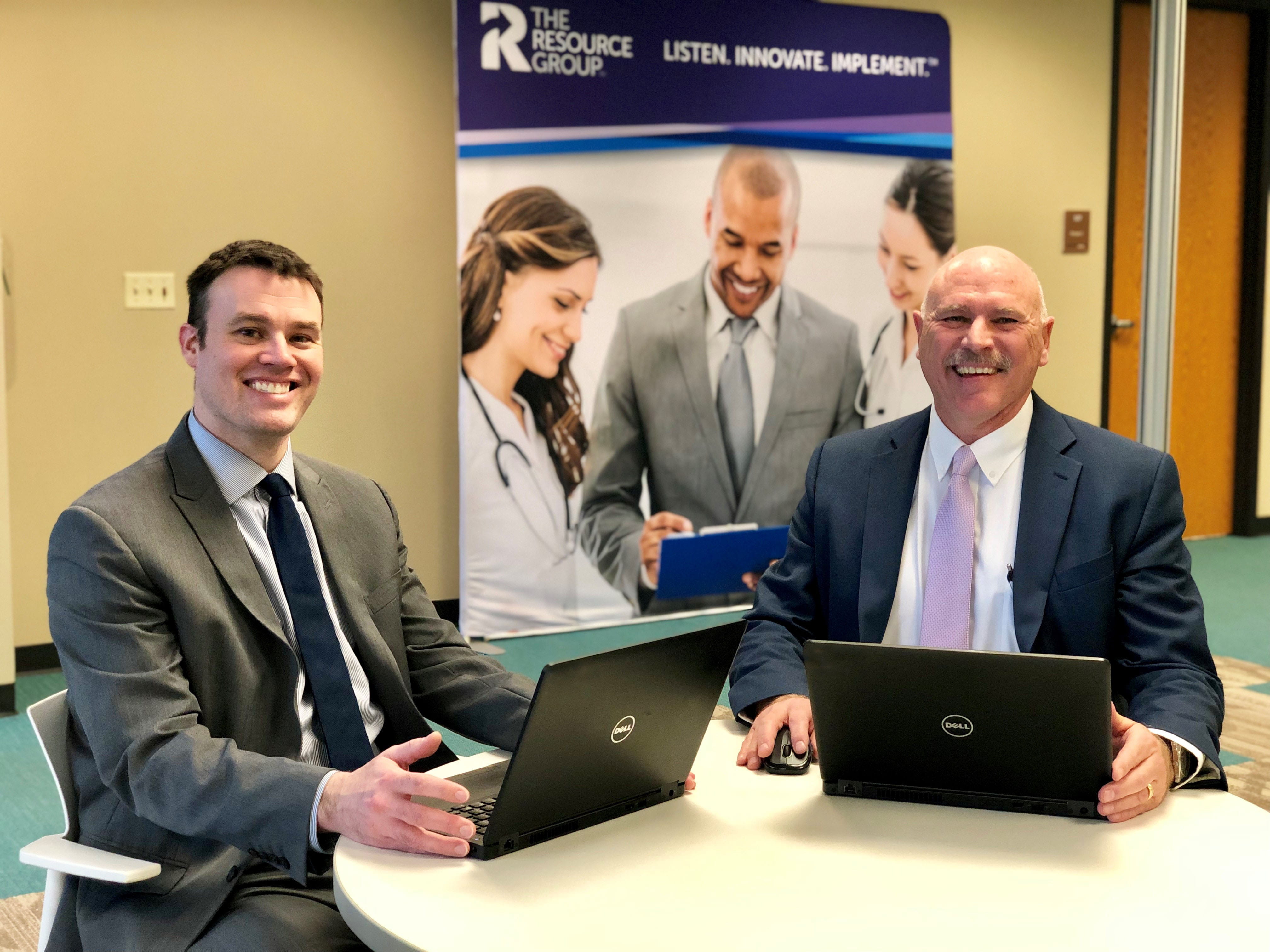Associate Highlight | Purchased Services Management
April 10, 2019
by The Resource Group
Q: Hi Jon and Gerard! Let’s start with an introduction of the Purchased Services Management Community!
Hello! The Purchased Services Management Community is made up of two associates, myself (Jon) and Gerard. I (Jon) came to The Resource Group with a procurement background four years ago. At this time, Purchased Services Management had been around for three years. The Resource Group was looking to expand the existing Purchased Services Management team to support additional metrics and measurements, along with dedicated relationship development. I wanted to be a part of this transition as I saw the potential for growth in this area of healthcare supply chain and enjoyed the culture of The Resource Group.
I (Gerard) came from a slightly different background of grocery and retail facilities management. My desire to serve those in need pushed me to seek other industries where I could apply my skill sets in a more productive way. I found my change in The Resource Group where we impact lives everyday by what we do and how we do it.
Q: What is Purchased Services Management?
Purchased Services Management is a national program management community for our Purchased Services contracts. As Anna mentioned in her interview, Purchased Services are the areas that make a hospital run, but are not necessarily clinical. Once a Purchased Services contract is signed and implemented by the Strategic Sourcing Solution, our group works to sustain the contract value for our Participants. Maintaining sustainable value for Purchased Services is slightly different from other areas of Operations and Logistics Optimization as usually the Purchased Services contracts are for services, not physical supply products. Because of this difference, most of our management involves service levels our patients directly experience such as Food and Nutritional Services (FNS) or Environmental Services (EVS). It is our job to make sure the groups we contract with providing these services are meeting patient expectations so when patients leave they are satisfied with their experience. Purchased Services Management is also different as the contracts we manage are tied to Hospital Consumer Assessment of Healthcare Providers and Systems (HCAHP) scores of cleanliness and experience, which over time can impact a healthcare organization’s reputation and reimbursement levels. This adds another level of data and analytics, allowing us to track our services’ performance based on the patient’s feedback, find areas of improvement, and in turn help increase our Participant scores over time.
Q: How has Purchased Services Management evolved/ how will it keep evolving?
Anna mentioned this in her interview as well, but there is a lot of opportunity in the Purchased Services contracting space which means there will be a lot of opportunity for our community to grow in the future. Right now, we (Jon and Gerard) only manage a handful of our national Purchased Services contracts, but as we receive more baseline data and fully understand the needs of our Participants, this number will increase.
Q: What is your community’s vision?
When Purchased Services Management was first created, our goals were to assist our Participants in transitioning to our contracts and to establish processes that would provide high service levels with low variation. At the beginning, we focused on converting our legacy FNS & EVS operations. At the time, our hospitals had both insourced operations and outsourced operations with multiple vendors and contracts, and we were transitioning to one vendor and one contract, yielding annual savings of $500M. This transition was the largest food and environmental service healthcare conversion in United States history, with 99 Participant sites successfully transitioned to one vendor in 11 months.
This goal of successful transitions, of course, has not changed. However, we have added to these original goals with the support from our Analytics Community to include: benchmarking data, budget calculations, baseline costs, satisfaction scores, and much more. As the healthcare consumer experience starts to encompass more than the clinical service, we believe our work can help elevate this consumer experience and in turn assist our healthcare Participants to succeed in their increasingly competitive markets.
